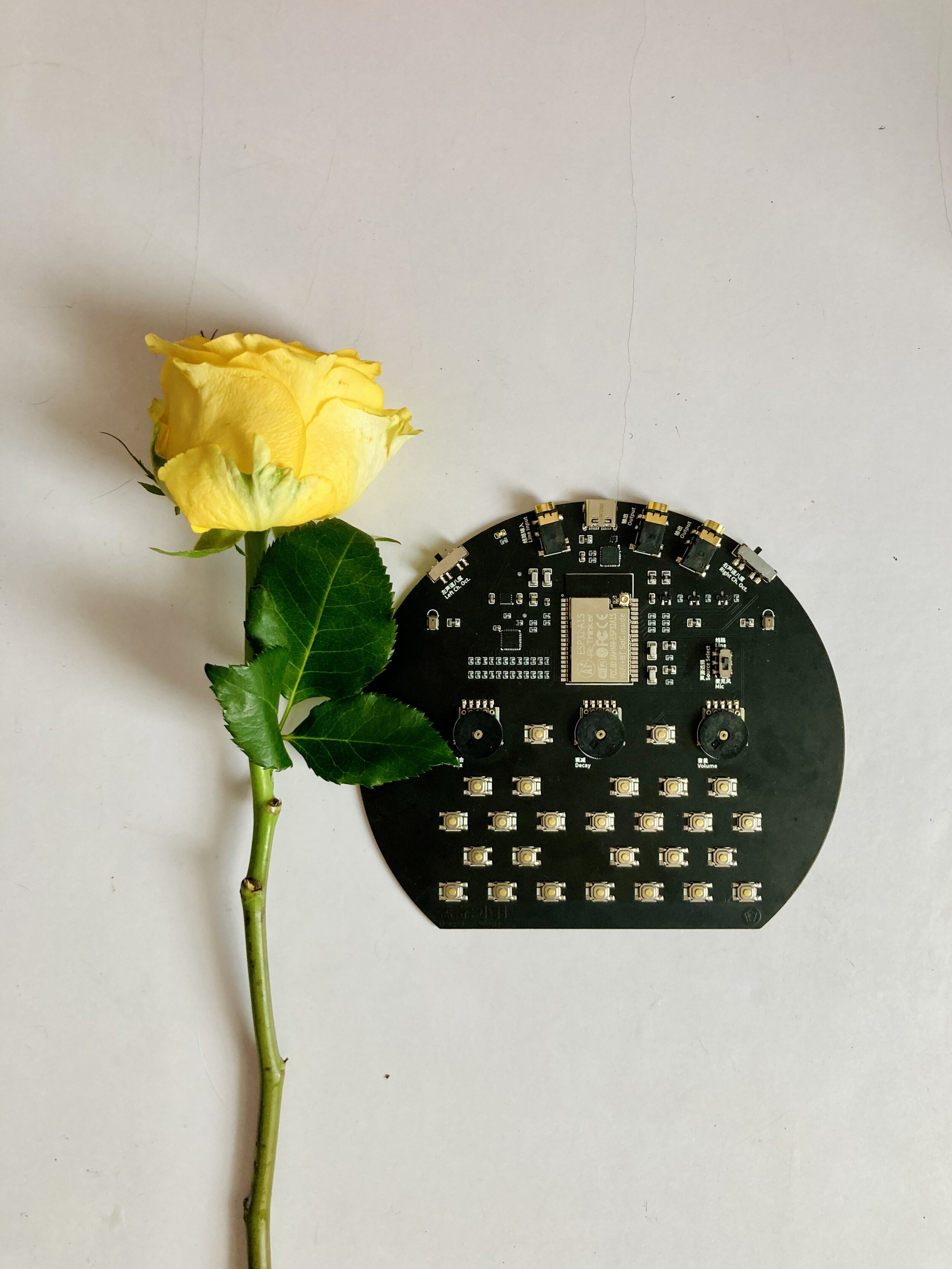小羽是一个手持立体声共鸣器,它自带麦克风,可以随时与人声和周围的环境产生关系,也可以作为开发板使用。
如果你对小羽唱歌,它会用复杂精妙的谐波来回应你。你也可以用它与音箱产生回授,或当作打击乐器来演奏。通过巧妙的位置摆放,小羽能创造丰富的立体声声景。且它体量轻巧,易于携带,随时随地与世界共鸣。
小羽也配备了一个立体声线路输入,可以同其他设备共用。两个耳机输出不仅鼓励分享,更可以用来创建线路回授。无论你拥有什么设备,小羽都提供了聆听它们的全新途径。
顶部的 USB-Type C 插座用于供电与数据传输,充电宝就可以轻松为它供电。为了让你的小羽随时拥有最新能力,小羽内置 USB 串口芯片。另外,还可以使用其他人编写的固件,或自行开发。
你的创作想象,由小羽来满足。把它当作一个贴身的小乐器,或者让它与其他乐器合用——无论是原声还是电子乐器——探索声音。这一切都包含在了它可爱的身形中。它叫小羽,因为它与你身边空气中的一切合唱。
Wingie is a handheld stereo resonator with built-in microphones that also doubles as a development board. Its dual onboard microphones allow you to interact and enrich vocals as well as the sonic environment around you.
If you sing to it, Wingie responds with marvelously complex harmonies. Or play it as a percussive instrument and create acoustic feedback with your speakers. Wingie is small enough you can simply take it along with you and resonate with the world. However you decide to use it, Wingie can deliver a lush stereo image by just locating the sweet spots. It’s all right there in your hands.
Wingie is equipped with a stereo line input to work with the rest of your arsenal. Plus dual headphone outputs for sharing or creating feedback loops. Whatever equipment you have now, Wingie can give you a whole new way of hearing it.
There’s a USB-Type C jack for power and convenient data transfer. Wingie can also run on a power bank. To make sure you always have the most up-to-date capabilities, the USB serial chip can be readily updated. Additionally you can use the chip for alternate firmware or your own development projects.
Wingie is really whatever you wish to make of it. Use it as a portable instrument. Or work with other instruments—acoustic or electronic—for aural exploration. All this in an undeniably cute little package that’s called Wingie because it sings with whatever is in the air around you.


